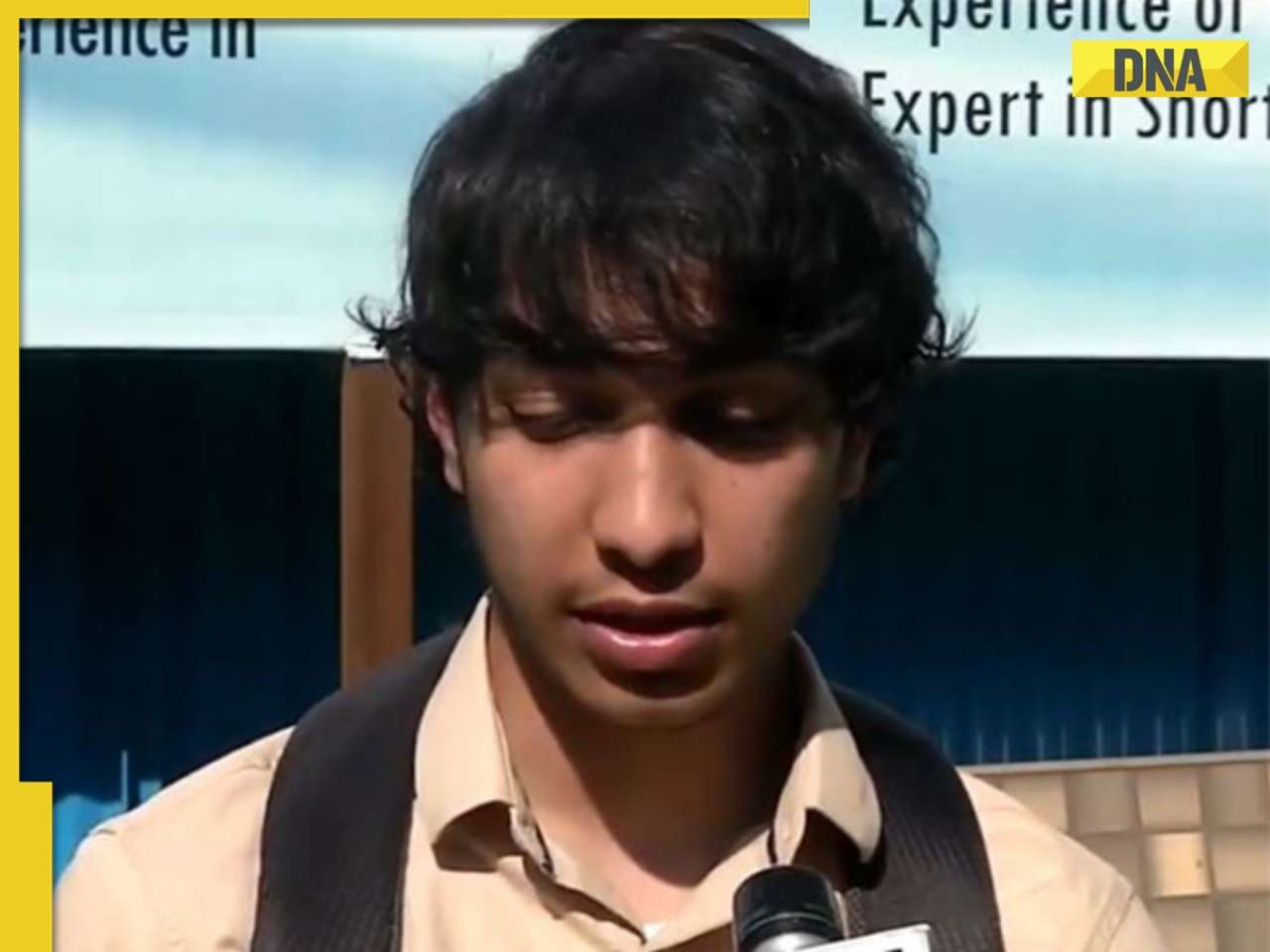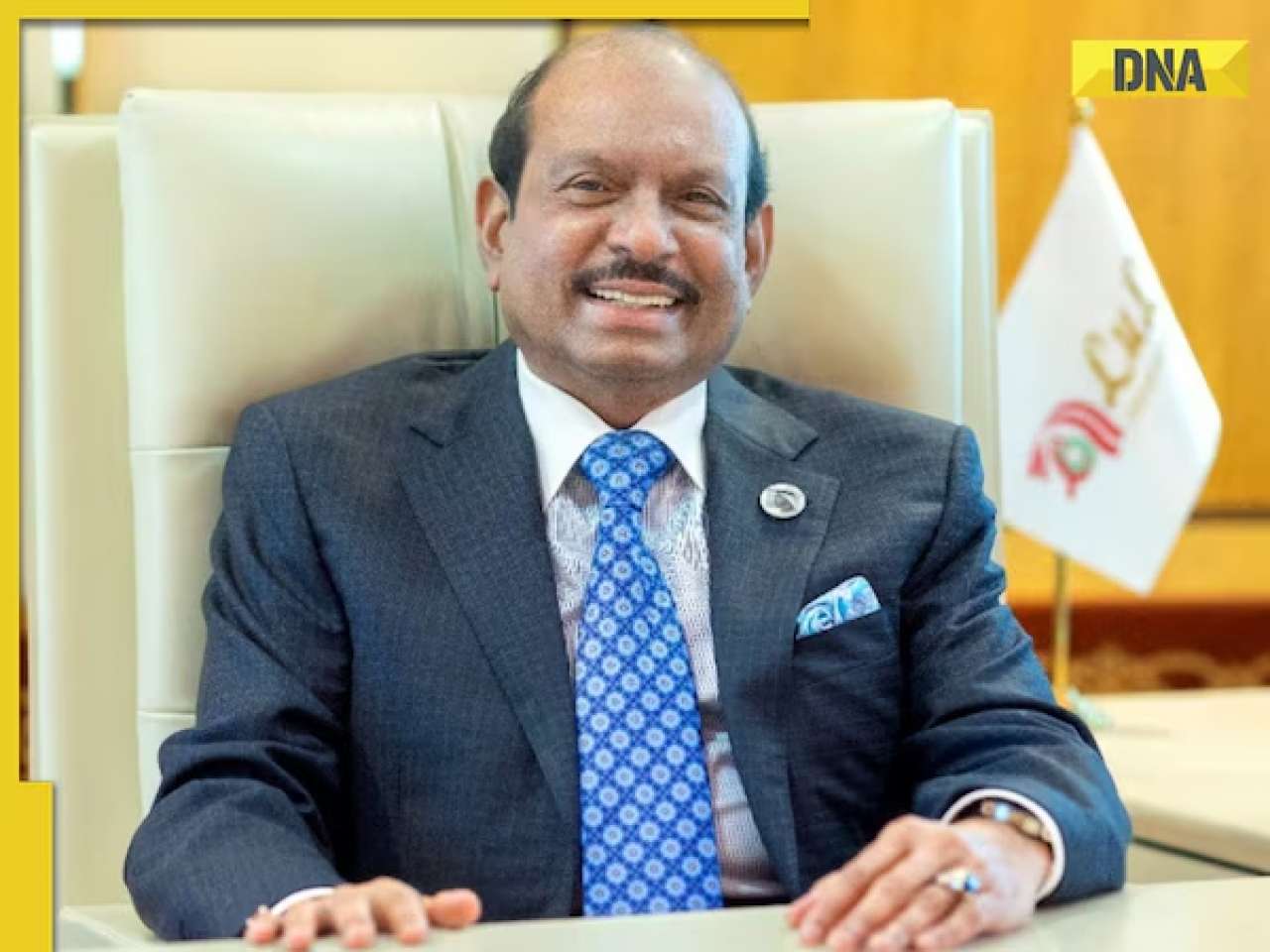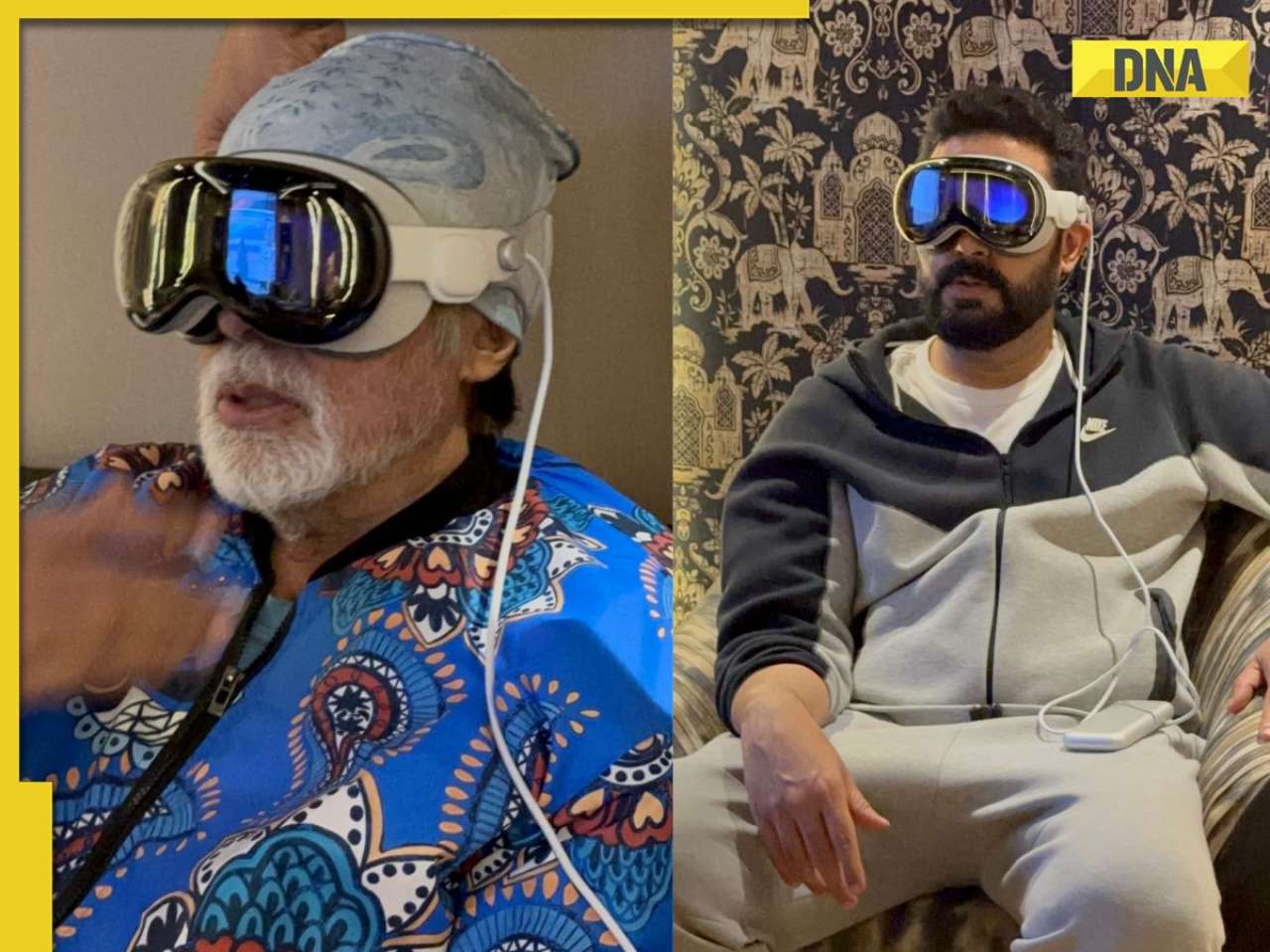As the lines distinguishing media platforms get blurred, the government must help facilitate this convergence process
As the lines distinguishing media platforms get blurred, the government must help facilitate this convergence process
Comment
Jaideep Kulkarni
The media and entertainment industry (M&E) has been growing at a compounded annual growth rate of around 19% and is expected to reach Rs1,00,000 crore in 2011.
The players in the industry can broadly be classified into three key segments, i.e. studios (including the animation studios), content providers and distribution platforms, which include cable/ satellite/ direct to home (DTH) channel, internet protocol television (IPTV), Mobile TV as well as multiplex theatres.
India has been emerging as an important outsourcing destination for animation business. Accordingly, the government ought to consider providing incentives such as setting up a dedicated special economic zones and lowering of customs duties on import of basic equipments etc, which would act as a catalyst for growth of animation industry.
Developing world class studios in India akin to Hollywood studios established by MGM, Disney, Fox, etc requires substantial capital investments and tax incentives. Nearly all of the capex of setting up studios is incurred on imported items. The import duty on such equipments is as high as 35%. Accordingly, the government could consider lowering of custom duty on basic necessity equipments.
The government can also consider establishing a dedicated media city on the lines of Dubai Media City (DMC) for providing growth impetus to M&E industry.
DMC has been established as a tax free zone and is fast growing into a regional media hub for news agencies, publishing, online media, advertising, production and broadcast facilities. Today, DMC houses amongst others global media giants such as Reuters, CNN, MBC, Sony, CNBC, etc.
Piracy is one of major issues affecting the entertainment industry. Piracy has proved to be a bane to M&E industry and continues to cut into revenues of industry players as well as eating up government’s share of tax. Advancement in technology has made piracy cheaper and easier. In order to combat piracy, there needs to be greater intervention from the government in the form of enactment and enforcement of stringent anti-piracy laws.
Currently, there is only one reputed and well recognised academy, the Film and Television Institute at Pune, which provides certificate courses in various aspects such as direction, cinematography, acting, editing, art direction, animation, etc.
The government, considering the paucity of trained professionals in M&E industry, should strive to set up world class film training institutes in India which would provide training in various facets to develop a vast pool of talented M&E artists and professionals.
Advancement of technology has blurred the line between telecom, broadcasting services and networks. This convergence would also pose great challenges to M&E industry as it would result in increased collaboration between various industry players. Accordingly, the government may consider review of existing laws and enacting new laws for facilitating and effectively regulating the convergence process and meeting the challenges poised by the same.
Overseas investments in India in the M&E industry are regulated by Foreign Direct Investment (FDI) policy. The FDI limits are divergent across various segments of the M&E industry ranging from 20% to 100%.
The FDI limit is restricted to 49% for cable, 20% for DTH (increased upto 49% by FII) and 74% for Telecom and IPTV. Inspite of the fact that cable, DTH and IPTV platforms would deliver the same television signals, there stills exists different FDI limits for these segments.
Currently, 100% FDI is permitted for uplinking of entertainment channels while for up linking of news and current affairs channel it is 26%. Interestingly, FDI limit for internet service provider is 100%.
In view of this dichotomy, there is an urgent need to rationalise the FDI limits amongst various segments considering the recent convergence trends and keeping in mind similarity of products delivered by various platforms.
(The author is tax partner, Ernst & Young)
![submenu-img]() Meet man who once suffered loss of Rs 15 crore, then built Rs 2000 crore turnover company at 60, he is…
Meet man who once suffered loss of Rs 15 crore, then built Rs 2000 crore turnover company at 60, he is…![submenu-img]() 'They did her dirty': Aishwarya Rai fans criticise stylist for her 'failed art project' outfit on Cannes red carpet
'They did her dirty': Aishwarya Rai fans criticise stylist for her 'failed art project' outfit on Cannes red carpet![submenu-img]() Woman walks on the streets of Tokyo in saree, viral video shows people’s reaction
Woman walks on the streets of Tokyo in saree, viral video shows people’s reaction![submenu-img]() Blinkit offering ‘free dhaniya’ with vegetable orders, people now asking for free…
Blinkit offering ‘free dhaniya’ with vegetable orders, people now asking for free…![submenu-img]() Kartam Bhugtam: Shreyas Talpade-starrer is a riveting dive into the unknown
Kartam Bhugtam: Shreyas Talpade-starrer is a riveting dive into the unknown![submenu-img]() Meet PhD wife of IIT graduate hired at Rs 100 crore salary package, was fired within a year, he is now…
Meet PhD wife of IIT graduate hired at Rs 100 crore salary package, was fired within a year, he is now…![submenu-img]() Meet woman not from IIT, IIM or NIT, cracked UPSC exam in first attempt with AIR...
Meet woman not from IIT, IIM or NIT, cracked UPSC exam in first attempt with AIR...![submenu-img]() Maharashtra Board Results 2024: MSBSHSE class 10th, 12th results soon, know how to check results via SMS
Maharashtra Board Results 2024: MSBSHSE class 10th, 12th results soon, know how to check results via SMS![submenu-img]() Meet Indian genius who became world’s 'youngest' surgeon at 7, worked in IIT for...
Meet Indian genius who became world’s 'youngest' surgeon at 7, worked in IIT for...![submenu-img]() Meet Kashmir boy, who is JEE topper, wants to pursue Computer Science, he aims to clear...
Meet Kashmir boy, who is JEE topper, wants to pursue Computer Science, he aims to clear...![submenu-img]() DNA Verified: Is CAA an anti-Muslim law? Centre terms news report as 'misleading'
DNA Verified: Is CAA an anti-Muslim law? Centre terms news report as 'misleading'![submenu-img]() DNA Verified: Lok Sabha Elections 2024 to be held on April 19? Know truth behind viral message
DNA Verified: Lok Sabha Elections 2024 to be held on April 19? Know truth behind viral message![submenu-img]() DNA Verified: Modi govt giving students free laptops under 'One Student One Laptop' scheme? Know truth here
DNA Verified: Modi govt giving students free laptops under 'One Student One Laptop' scheme? Know truth here![submenu-img]() DNA Verified: Shah Rukh Khan denies reports of his role in release of India's naval officers from Qatar
DNA Verified: Shah Rukh Khan denies reports of his role in release of India's naval officers from Qatar![submenu-img]() DNA Verified: Is govt providing Rs 1.6 lakh benefit to girls under PM Ladli Laxmi Yojana? Know truth
DNA Verified: Is govt providing Rs 1.6 lakh benefit to girls under PM Ladli Laxmi Yojana? Know truth![submenu-img]() Aishwarya Rai Bachchan turns heads in intricate black gown at Cannes, walks the red carpet with injured arm in cast
Aishwarya Rai Bachchan turns heads in intricate black gown at Cannes, walks the red carpet with injured arm in cast![submenu-img]() Laapataa Ladies' Poonam aka Rachna Gupta looks unrecognisable in viral photos, amazes with jaw-dropping transformation
Laapataa Ladies' Poonam aka Rachna Gupta looks unrecognisable in viral photos, amazes with jaw-dropping transformation![submenu-img]() In pics: Taarak Mehta Ka Ooltah Chashmah actress Deepti Sadhwani dazzles in orange at Cannes debut, sets new record
In pics: Taarak Mehta Ka Ooltah Chashmah actress Deepti Sadhwani dazzles in orange at Cannes debut, sets new record![submenu-img]() Ananya Panday stuns in unseen bikini pictures in first post amid breakup reports, fans call it 'Aditya Roy Kapur's loss'
Ananya Panday stuns in unseen bikini pictures in first post amid breakup reports, fans call it 'Aditya Roy Kapur's loss'![submenu-img]() Remember Harsh Lunia? Just Mohabbat child star, here's how former actor looks now, his wife is Bollywood's popular...
Remember Harsh Lunia? Just Mohabbat child star, here's how former actor looks now, his wife is Bollywood's popular...![submenu-img]() Haryana Political Crisis: Will 3 independent MLAs support withdrawal impact the present Nayab Saini led-BJP government?
Haryana Political Crisis: Will 3 independent MLAs support withdrawal impact the present Nayab Saini led-BJP government?![submenu-img]() DNA Explainer: Why Harvey Weinstein's rape conviction was overturned, will beleaguered Hollywood mogul get out of jail?
DNA Explainer: Why Harvey Weinstein's rape conviction was overturned, will beleaguered Hollywood mogul get out of jail?![submenu-img]() What is inheritance tax?
What is inheritance tax?![submenu-img]() DNA Explainer: What is cloud seeding which is blamed for wreaking havoc in Dubai?
DNA Explainer: What is cloud seeding which is blamed for wreaking havoc in Dubai?![submenu-img]() DNA Explainer: What is Israel's Arrow-3 defence system used to intercept Iran's missile attack?
DNA Explainer: What is Israel's Arrow-3 defence system used to intercept Iran's missile attack?![submenu-img]() 'They did her dirty': Aishwarya Rai fans criticise stylist for her 'failed art project' outfit on Cannes red carpet
'They did her dirty': Aishwarya Rai fans criticise stylist for her 'failed art project' outfit on Cannes red carpet![submenu-img]() Kartam Bhugtam: Shreyas Talpade-starrer is a riveting dive into the unknown
Kartam Bhugtam: Shreyas Talpade-starrer is a riveting dive into the unknown![submenu-img]() Richa Chadha says Heeramandi co-star Sharmin Segal being trolled for her performance is 'audience’s right'
Richa Chadha says Heeramandi co-star Sharmin Segal being trolled for her performance is 'audience’s right'![submenu-img]() Meet only Indian actress whose film is competing for top prize at Cannes; not Aishwarya, Deepika, Kiara, Priyanka, Alia
Meet only Indian actress whose film is competing for top prize at Cannes; not Aishwarya, Deepika, Kiara, Priyanka, Alia![submenu-img]() How two heroines beat Rajinikanth, Vijay, Dhanush to give Tamil cinema's biggest hit of 2024; low-budget film earned...
How two heroines beat Rajinikanth, Vijay, Dhanush to give Tamil cinema's biggest hit of 2024; low-budget film earned...![submenu-img]() Woman walks on the streets of Tokyo in saree, viral video shows people’s reaction
Woman walks on the streets of Tokyo in saree, viral video shows people’s reaction![submenu-img]() Why Australians walk barefoot in public: Here’s the reason
Why Australians walk barefoot in public: Here’s the reason![submenu-img]() People in this country compete to see who’s best at doing nothing, here's why
People in this country compete to see who’s best at doing nothing, here's why![submenu-img]() Viral video: Influencer dressed as 'Manjulika' dances on crowded road, internet reacts
Viral video: Influencer dressed as 'Manjulika' dances on crowded road, internet reacts![submenu-img]() Viral video: Baby elephant receives 'Z-category security' during family nap in Tamil Nadu reserve
Viral video: Baby elephant receives 'Z-category security' during family nap in Tamil Nadu reserve

























































)
)
)
)
)
)